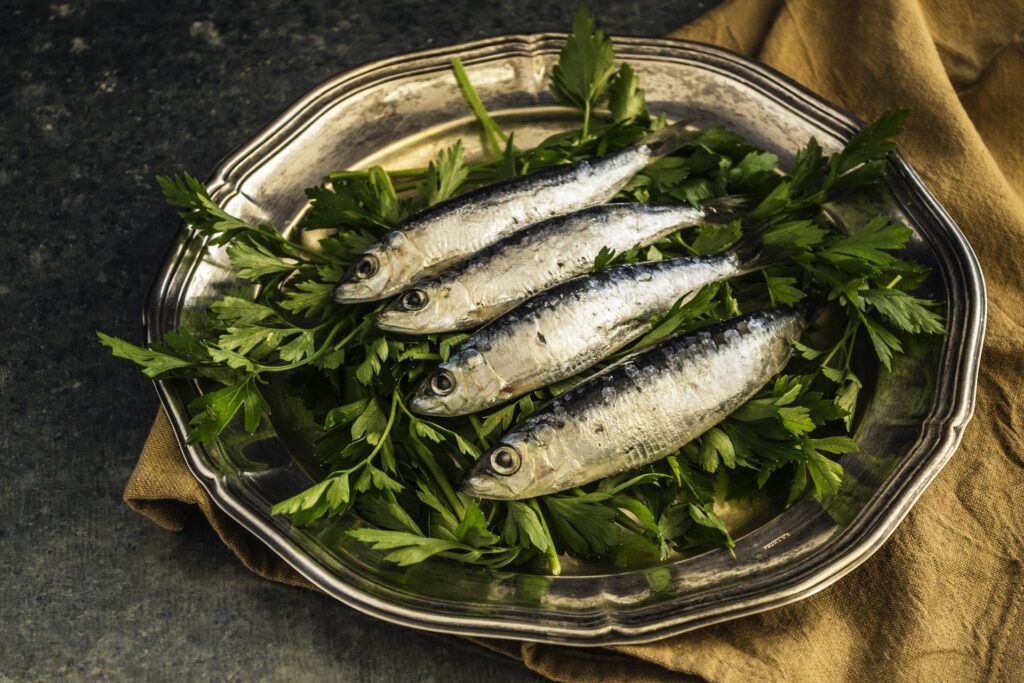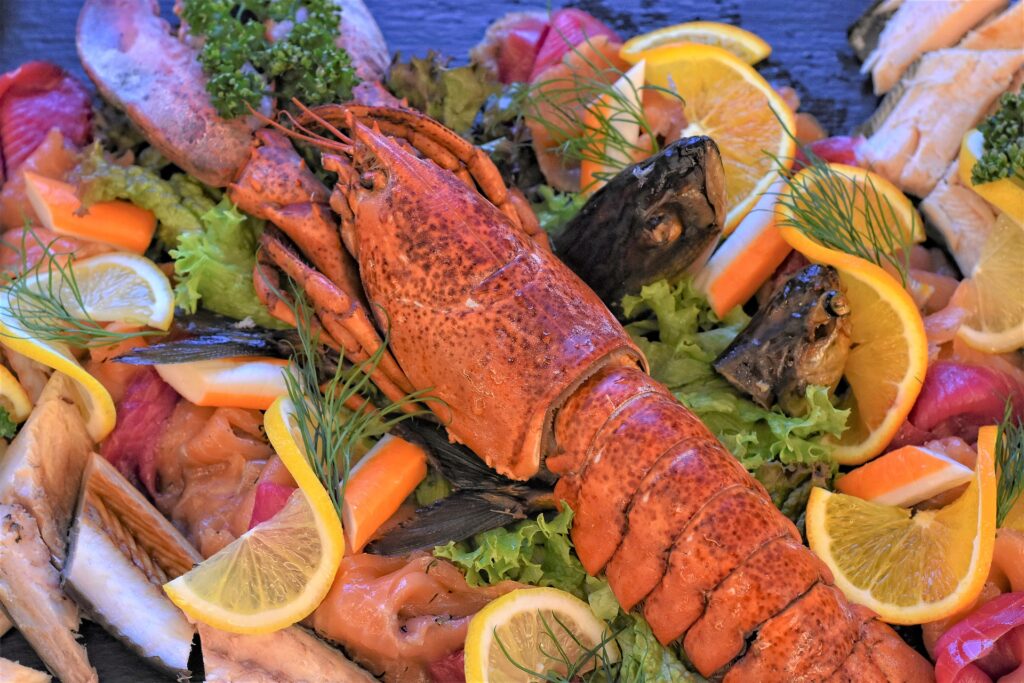Greek Fish and Seafood Guide
Introduction
Fish and Seafood in Greece : If you take a look at a map of Greece you will see why seafood is such an important part of the Greek diet. There are so many islands and well-developed coastal areas that seafood is readily accessible, which means that chefs have easy access to the freshest fish available. When preparing Greek food outside of Greece, seafood is almost considered an afterthought. For such a small country there is a lot of coastline which is why they have such a strong history of seafaring. Eating seafood goes along with that. Unfortunately the sea which was once so abundant is now barren in places through over-fishing and the Aegean sea simply can’t keep up with the demand of a seafood-loving population whose numbers swell during the tourist season. Fish can be very expensive, though there are inexpensive fish available year-round, and these are just as tasty as the expensive ones.
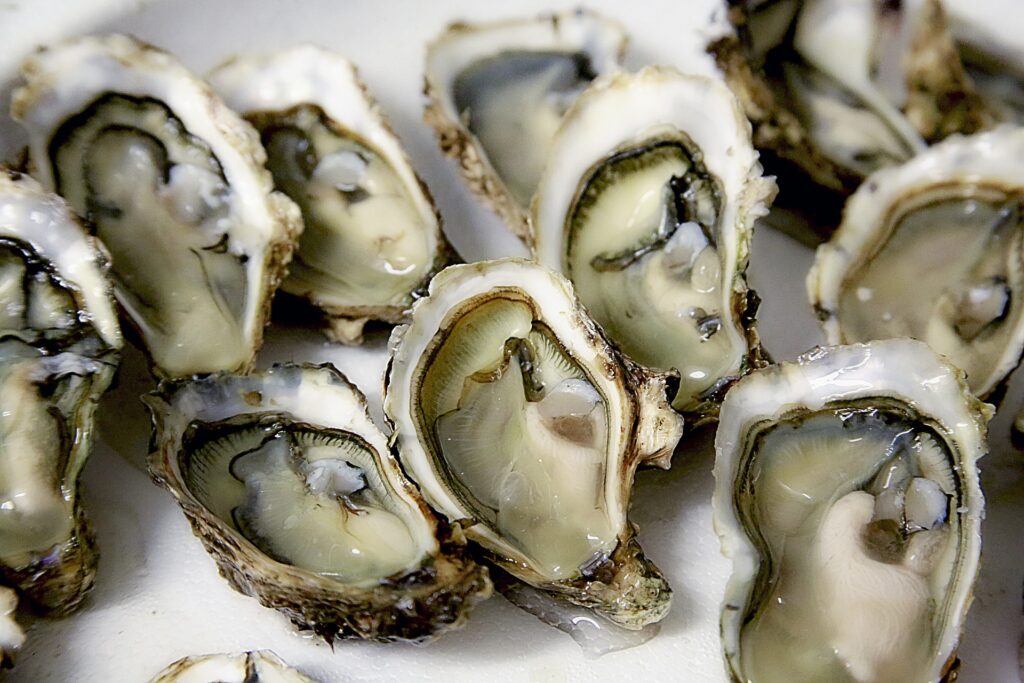
People enjoy the occasional plaki, a baked seafood dish, or Greek seafood stew, but they don’t rely on it as a mainstay in their diet. In Greece, it’s much more commonly used. There are several types of seafood that are commonly used in Greece because they’re so plentiful in the waters. The most common types of seafood that you’ll find in Greece are sardines, anchovies, smelt, mackerel, bogue, shrimp, and squid. Other types of seafood, such as Greek lobsters, aren’t as widely available as they once were because the waters have been over harvested
Ready to order?
The large deep sea fish are very tasty if charcoal-grilled with a generous sprinkle of lemon and olive oil sauce, whereas tiddlers are usually best if fried. There are other savory fish preparations to be found across the country. A recipe called savor fish is very much preferred in the Ionian Islands; anchovies with rice are a favorite dish in Kavala; codfish pie is prepared in Kefalonia Island; cuttlefish cooked in their ink is a local Lefkada Island dish; urchin salad is served in Crete: these are but a few tasty examples! If you’re looking for a special and flavorful dish, try fish soup. The true Greek fish soup is called kakavia and it is known as the fishermen soup: this contains a variety of tiddlers, preferably rockfish, boiled in seawater with a cup of olive oil and lots of lemon juice added when cooking is nearly complete. A modern recipe for kakavia includes vegetables (carrots, Greek celery, courgettes, onions, potatoes and freshly cut ripe tomatoes). Seafood dishes are offered in a wide variety as appetizers too. Sun-dried octopus cooked on charcoal fire, saganaki shrimps generously flavored with pepper, steamed mussels, marinated anchovy fillets with parsley and finely chopped garlic, fried squid, and other types of shellfish that are served raw with lots of lemon juice. For your main dish, try the following seafood cooked with pasta and lots of tomato sauce: mussel giouvetsi (mussels with kritharaki – a Greek type of small pasta), shrimp spaghetti, octopus with kritharaki, fisherman’s pasta etc.
Check out our suggestions.
Avgotaracho Messolongiou
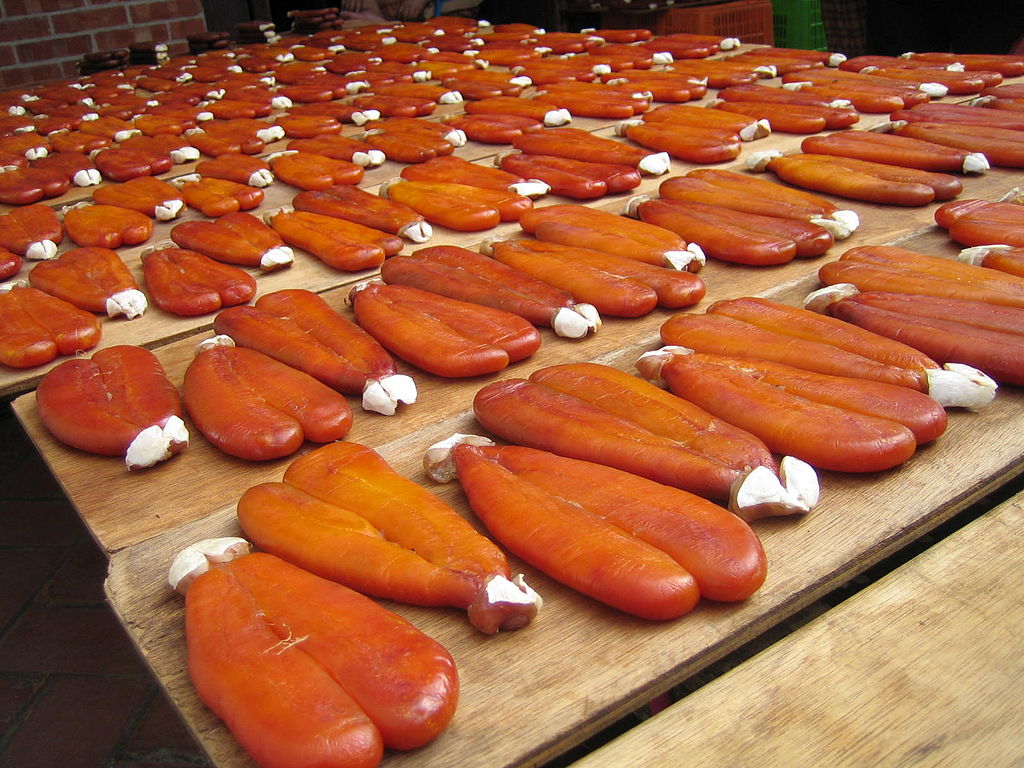
This exceptional Greek delicacy, which was first referenced in writing in 1668, is made from whole roe of the gray mullet. The fish are caught in the shallow waters of the lagoons of Messolongi-Etolikos, Kleisova and Bouka between the estuaries of the Aheloos and Evinos rivers in western Greece. The production of this so-called ‘Greek caviar’ takes time – once the fish are caught, the roe is gently removed, dried in their membranes, and then salted before they are separated and put into brine. Once they become pale and flat, they are hung to dry for several months. When ready, they are encased in beeswax to naturally protect their unique flavor. Avgotaracho Messolongiou is an highly nutritious food with high levels of amino acids, omega-3, and vitamins.
Achinos
Uni is a Japanese name for sea urchin gonads, an organ which produces the animal’s roe. It is the only edible part of the sea urchin, commonly consumed in various European, South American, and Asian countries. The texture of uni should be firm, creamy, and smooth, while its flavor is rich and briny. Uni is usually found at local markets or restaurants, and it can be easily incorporated into a variety of dishes. However, it should always be consumed fresh, preferably just out of the shell. In most countries, it is eaten raw, usually with a splash of lemon juice. The most prominent uni varieties are cultivated in Japan, California, Maine, and Italy, and although very similar, they are region-specific and differ in size, flavor, color, and texture. In Japan, uni is mostly used as a sushi ingredient, though it is also easily incorporated into other Japanese dishes. In Italy (ricci di mare), they are mainly found in Sicily, Sardinia, and Apulia where they are consumed raw, usually with a splash of lemon juice and homemade bread, but they are also incorporated into pasta dishes. Sea urchin gonads, known as oricios, are also consumed in various Spanish regions, in Greece (achinos), and Chile (erizos). They are eaten raw, but they are also used in sauces, patés, scrambled eggs, or soups.
Mussels
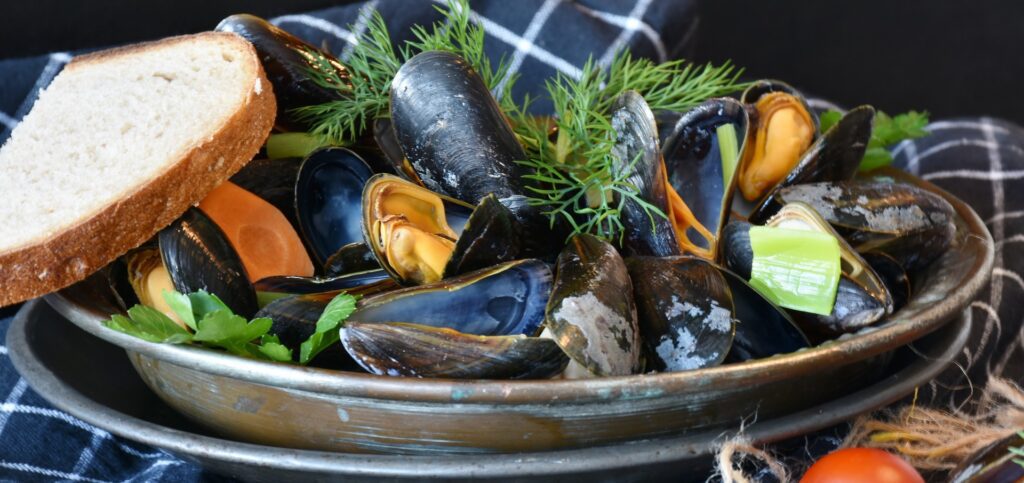
Fresh mussels are a seafood lovers dream. In Greece you can try them as a saganaki with a generous sprinkling of feta cheese, or as a meal with either rice or pasta. When people think of dining al fresco at dusk in Greece, one of the seafood recipes that immediately springs to mind is briny mussels. They’re simple to prepare and are the epitome of seamless elegance. Simply clean and “debeard” the mussels, then cook them nestled in tomatoes, oregano and white wine. Finish with fresh parsley, and voila! A straight from the Mediterranean classic that’s perfect for a dinner party or a Wednesday night. Serve with a crisp pinot grigio and salty feta to finish the dish.
Safridia (Horse Mackarel)

Safridia is a species of horse mackerel caught in the Mediterranean Sea waters in Greece, where the safridia fishing season typically takes place between August 15 and the end of January. It is an oily fish with a silvery body that typically reaches a length of up to 70 cm. Other fish and small crustaceans form the basis of its diet. This fish is one of the cheaper varieties of fish in Greece, and it is typically fried or grilled with a wide range of spices. The flavor of safridia is often said to be reminiscent of sardines.
Octopus
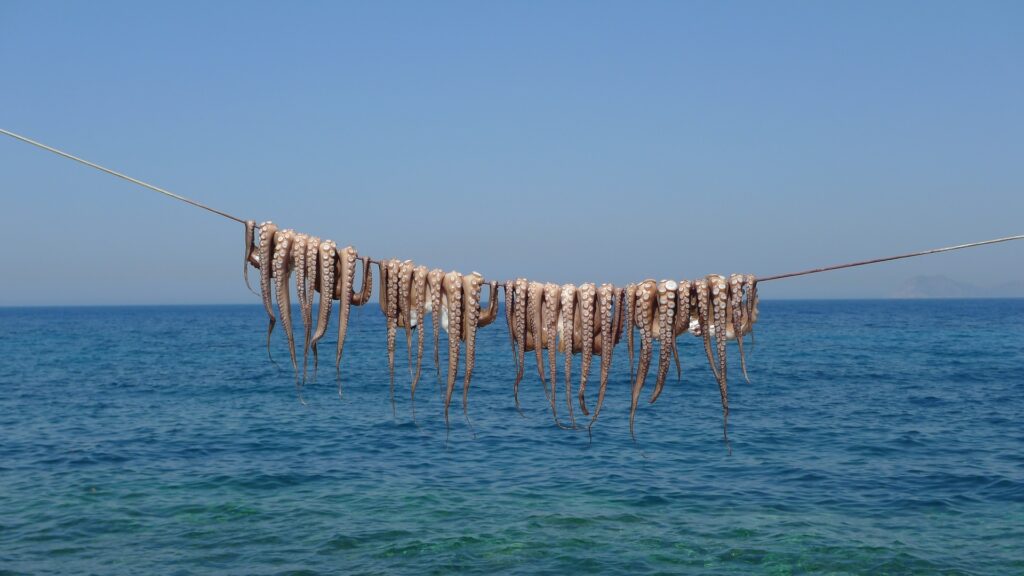
When working with octopus for Greek seafood recipes, you may want to look to your freezer section. Octopi can live for quite a long time, and the freezing process actually helps tenderize the flesh – which makes for a more supple and finished dish. To prepare the octopus for a lovely Greek-inspired grilled dish, simply blanch a small octopus in a large Dutch oven filled with salted water for a couple of minutes. Drain, remove the head, and place the octopus on a deep bed of herbs (oregano, fennel, parsley) in the Dutch oven and bake until soft. Then toss with olive oil and herbs before grilling until charred – that’s Mediterranean simplicity!
Soupia (cuttlefish)
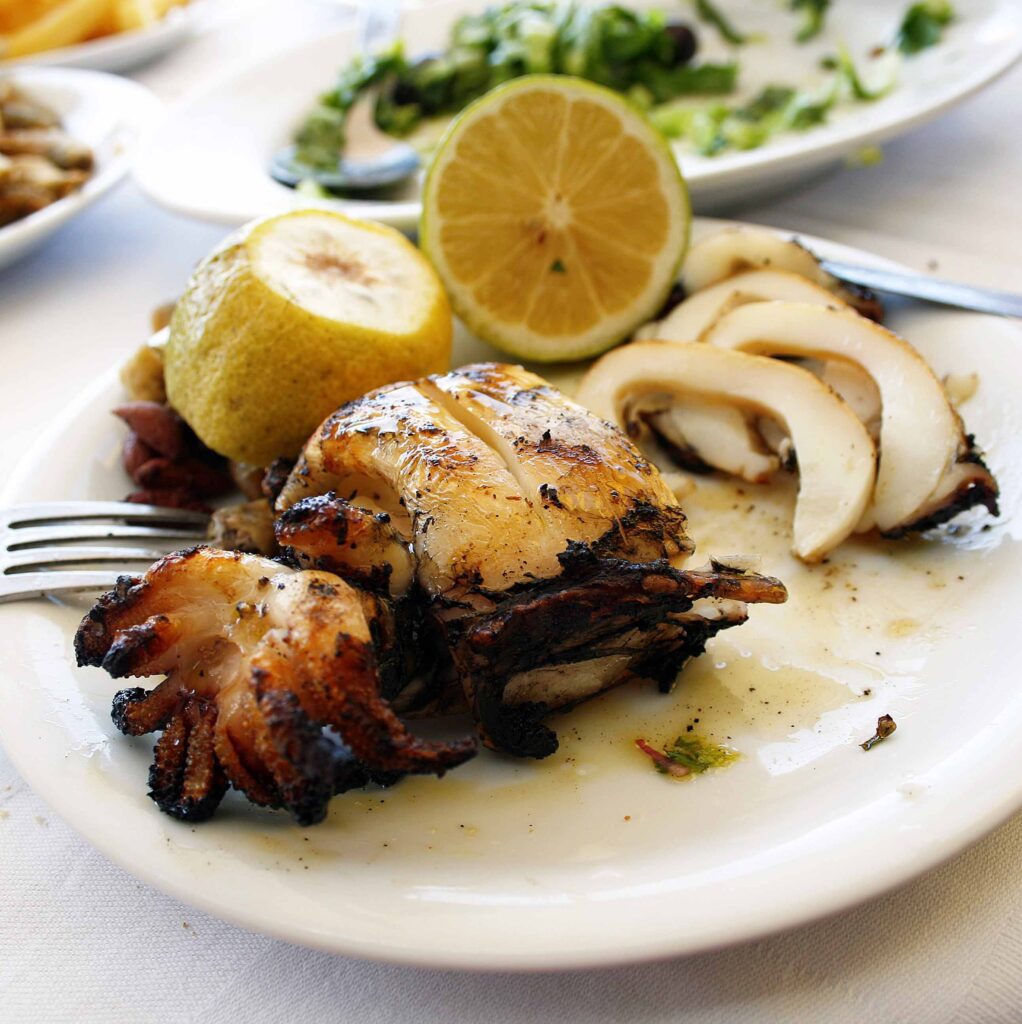
Known as soupia in Greek, common cuttlefish are marine mollusks that are commonly sourced from the waters of the Mediterranean Sea in Greece. Also known by their scientific name Sepia officinalis, these cephalopods are known to release a brownish ink that is frequently used as a coloring agent for a wide variety of dishes such as pasta and risottos, including risotto al nero di sepia (risotto colored with cuttlefish ink).Soupia, along with other marine mollusks such as squids and octopi, has been used in traditional Greek cuisine since ancient times. Cuttlefish meat is renowned for its excellent texture and flavor, and it can be enjoyed raw or cooked in various ways – steamed, baked, fried, or grilled. In Greece, soupia are often cooked alongside spring greens such as spinach, leeks, white beet leaves, or sorrel leaves, combined with a mixture of dill, olive oil, and lemon to make a traditional soupia lemonato, but they can also be stewed in a wine-based sauce with vegetables and herbs or used in a wide range of risotto and pasta dishes.
Marides
